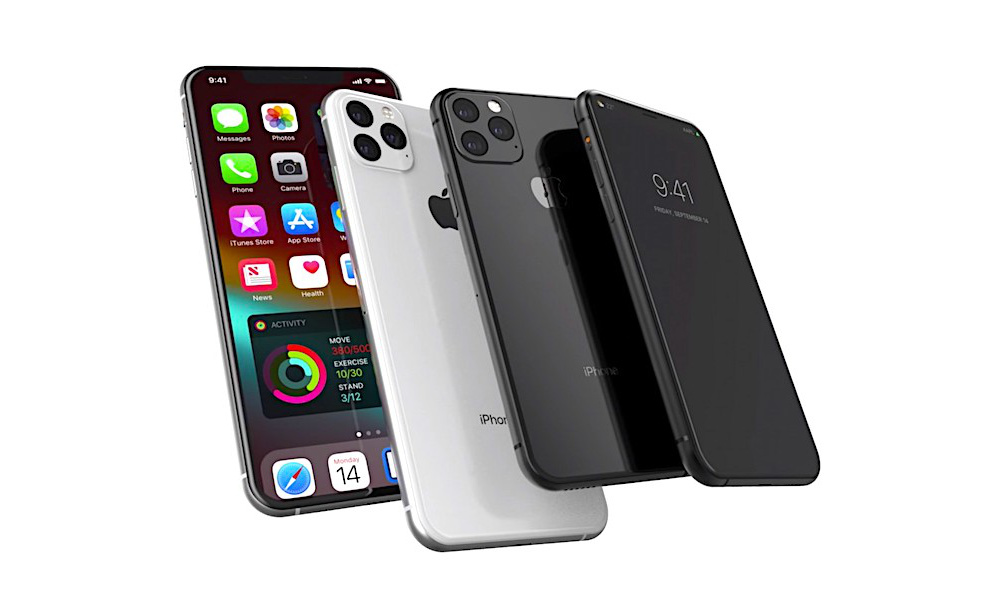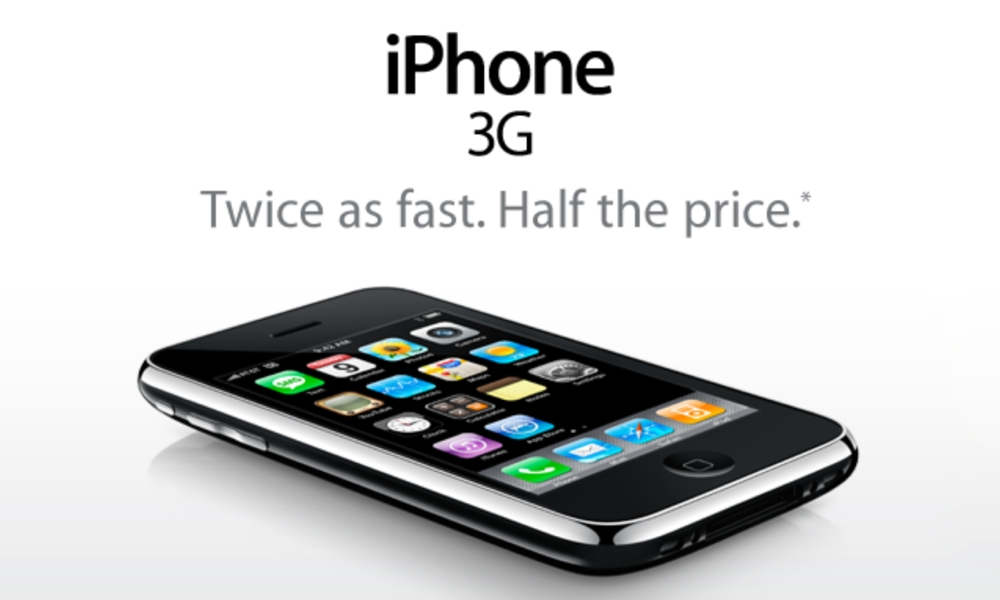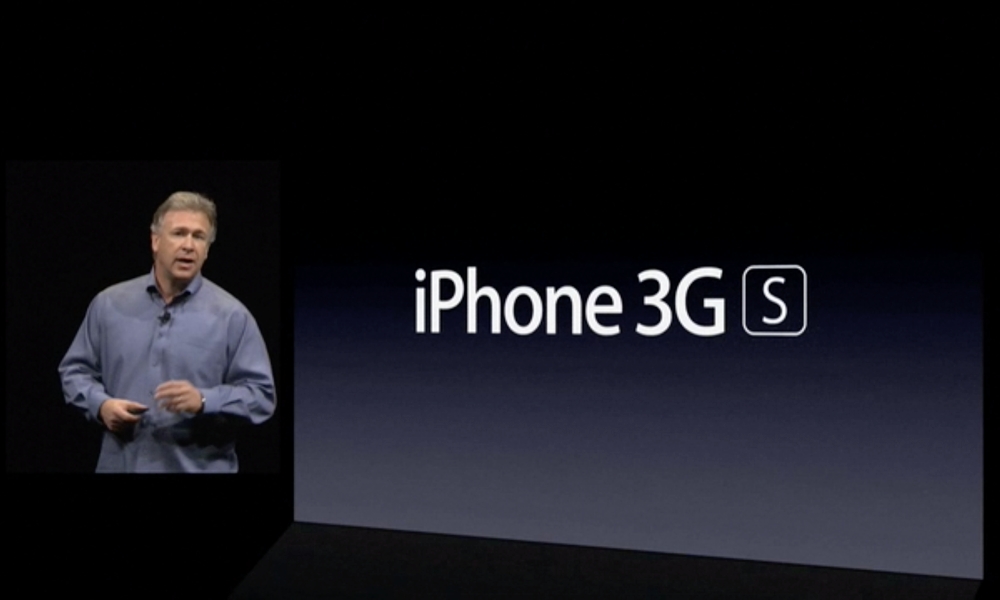The 2019 iPhone Is Coming — But What Will It Be Called?
 Credit: iPhoneSoft
Credit: iPhoneSoft
Toggle Dark Mode
With the unveiling of Apple’s 2019 iPhones only a few weeks away, we’re getting a pretty clear look at what to expect, with more details leaking out every week even in spite of Apple’s best efforts to keep everything under wraps.
While all signs point to 2020 being an even more exciting year for the iPhone, we’re still expecting some pretty nice improvements from this year’s models, despite the fact that all reports point to them retaining basically the same design as last year’s iPhone XS, XS Max, and XR.
New information gleaned by 9to5Mac has confirmed several previous reports we’ve heard, as well as nailing down the internal names of the new models. The new iPhones will of course incorporate Apple’s new A13 chip, which is known internally by the platform codename Cebu. The report also notes that the Lightning port will remain this year, and confirms that 3D Touch is going away in favour of a new type of Taptic Engine. Little is known about this new feature, although it’s most likely intended to improve the experience of using Haptic Touch, which is expected to deliver many of the formerly 3D Touch-exclusive features in iOS 13.
The report also adds that the three new models have code names of D42 (iPhone 12,3), D43 (iPhone 12,5), and N104 (iPhone 12,1), which will be the replacements for the iPhone XS, iPhone XS Max, and iPhone XR, respectively. However, these are merely identifiers used internally; what we don’t yet know — and probably won’t know until Apple takes the stage at its expected September reveal — is what Apple is actually going to call this year’s models.
What’s in a Name?
For years, Apple plodded along pretty predictably with simple numeric increments every two years, offset in odd years with an “S” model. Ironically, however, the whole naming convention didn’t begin as an attempt to number the iPhone models in sequence, but actually started due to Apple’s desire to highlight the “3G” networking capabilities of its second-generation iPhone model, released back in 2008. There never was an “iPhone 2.”
The following year, Apple chose to add some minor upgrades to the iPhone 3G, adding an “S” suffix at the end, which, according to Phil Schiller’s comments in the keynote, stood for “Speed.” However, when Apple redesigned the iPhone in 2010, it had nowhere to go but up, so it went with the iPhone 4. This was followed the next year by the iPhone 4S, and the well-known numbering convention was born.
However, in 2017 Apple surprised almost everybody when it announced the iPhone X, iPhone 8, and iPhone 8 Plus. In doing so, it skipped an “S” model entirely for the first time, as well as completely bypassing “iPhone 9.”
The situation back then was actually much like where we now find ourselves again this year; everyone knew that three new iPhone models were coming, and even what their sizes and features would be, but the names were widely expected to be iPhone 7s, iPhone 7s Plus, and iPhone 8. Perhaps ironically, the iPhone 8 models that we actually did get really were “S” models in design, but Apple clearly wanted to distinguish them as standing their own ground alongside the iPhone X, rather than just being a sort of consolation prize.
Last year’s move to the iPhone XS and iPhone XS Max returned to the prior “S” style naming convention, while also throwing in the iPhone XR (Apple has never commented on what the “R” stands for). While the “X” is clearly intended to be the Roman numeral for 10 (as in the years of Mac OS X), so many people pronounce it “ex” rather than “10” that it’s kind of lost its numeric meaning in the public consciousness.
So really, Apple could go in any direction right now, and while “iPhone XI” and “iPhone 11” seem like the most logical candidates — the latter being a much clearer return to a number that avoids the awkwardness of people wondering how to pronounce “XI” — the reality is that Apple could also surprise us again and do something completely different.
In fact, with all of the rumours we’re already hearing about next year’s iPhones getting a big redesign, it seems very unlikely that those will be “S” models, and the Roman numerals will start to get pretty awkward — continuing down that road, by 2021 we’d be looking at an iPhone XIIS or iPhone XIII — but at the same time, it seems the ordinal numbers have to stop at some point too as they start to get too far into the double-digits. Neither “iPhone 18” nor “iPhone XVIII” sounds particularly appealing — one sounds like a gang while the other just sounds like it should be holding up a coliseum.
As much as smartphone sales are slowing down — and the growth of the iPhone is following suit — Apple still seems intent on shaking things up, and while this year’s models will be largely iterative, 2020 is going to be a whole new ballgame for the iPhone, so we wouldn’t be at all surprised to see Apple begin to shake up its nomenclature during this transitional period as it rethinks its approach to how it identifies and markets its iPhone lineup.
[The information provided in this article has NOT been confirmed by Apple and may be speculation. Provided details may not be factual. Take all rumors, tech or otherwise, with a grain of salt.]









